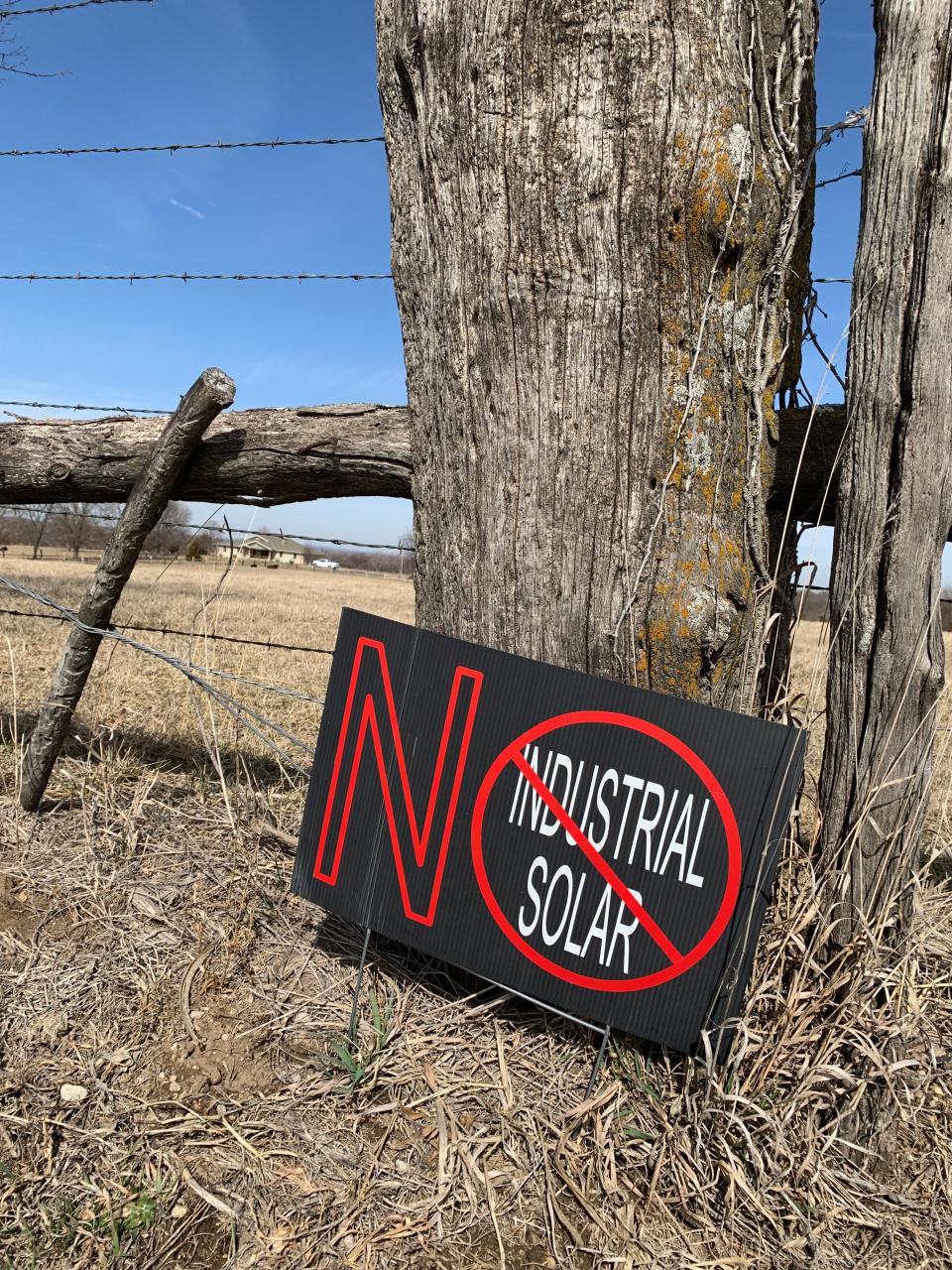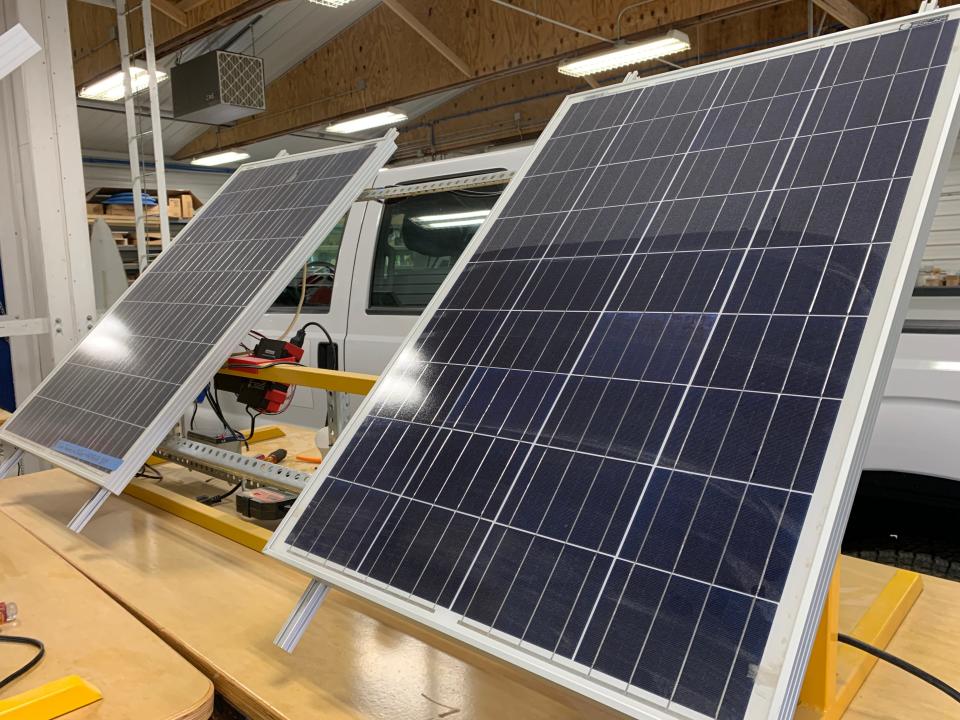Do solar farms hurt property values? Most Americans don't have anything to worry about, study finds
A common argument against utility-scale solar energy farms is that they can severely decrease property values for surrounding homes. A study released by a federal laboratory this month found the effect was relatively small – and disappeared a mile from installations.
The study by Lawrence Berkeley National Laboratory looked at residential home prices in six states that together account for over 50% of the installed capacity of large-scale solar in the United States – California, Connecticut, Massachusetts, Minnesota, North Carolina and New Jersey.
The researchers found that homes within a quarter-mile of some utility-scale solar farms saw average property values decline 2.3% but there were no effects on homes more than a mile away.
"Previous analyses conducted by other researchers have found larger negative effects for homes located near confined animal feeding operations, landfills, fossil fuel plants, and highways," said Ben Hoen, a scientist in the Electricity Markets and Policy Department at the Lawrence Berkeley National Laboratory and one of the paper's authors.
How big was the study?
The researchers looked at over 1.8 million property transactions that occurred within six years before and after a utility-scale solar installation was constructed in the six states.
California, Massachusetts, Minnesota, North Carolina and New Jersey were chosen because they represented the top five states in terms of the number of large-scale solar installations built in the United States through 2019. Connecticut was added because it has a relatively high population density near solar projects.
The study is the largest so far looking at how solar installations affect property values.
Where do solar installations affect property values?
The researchers found the area where a solar installation is built has an enormous impact on whether it affects nearby home prices.
Homes in rural and agricultural areas saw declines in home prices, especially where solar farms were replacing agricultural land uses, as opposed to urban or suburban installations which saw no change in home prices.
The researchers noted the data was mostly from rural and agricultural areas that were relatively near towns or cities. said Hoen.
Because the study only looked at the price of homes within four miles of solar installations, truly rural and agricultural areas tended not to be included. "They can't be so rural that there aren't any homes near them," Hoen said.
The projects also tended to be medium-sized, most fewer than 35 acres. That was because large solar installations tend not to be built near areas where there are nearby homes that sold.
Did all states see the same property value effects?
The property value effects of large-scale solar projects were not consistent across the six states in the study.
"We see (the effects) very clearly in Minnesota, North Carolina and New Jersey for homes that are within a half mile of projects," Hoen said. "We don't see reductions in sale prices within a half mile of large-scale projects in California, Connecticut and Massachusetts."
On average, there were no statistically significant effects of building solar farms in these areas:
Greenfields, meaning undeveloped land open for industrial use.
Brownfields, meaning former industrial or commercial sites
Mixed residential/commercial sites
Urban areas

How much does a new solar installation affect a home's price?
On average, only homes within a mile of a solar farm saw any change in property values.
The amount property values were affected depended on how far from the solar farm the home was:
Closer than a quarter mile, 2.3% decrease
Quarter to a half a mile, 1.5% decrease
Half a mile to one mile, 0.8% decrease
Where there ways to mitigate the effect on home prices?

The study didn't look specifically at how homeowners might be protected from possible loss of value in their homes but did note there are some tools that might be used by solar developers. That included compensation to nearby affected homeowners and landscape measures such as vegetative screening.
Hoen notes that while the study provided information about what was happening, it didn't answer the question of why it was happening. Why people who are buying and selling real estate in these communities discount some properties near solar projects is something they hope to study in the future.
This article originally appeared on USA TODAY: Do solar farms affect property values? Not in many cases

 money
money 